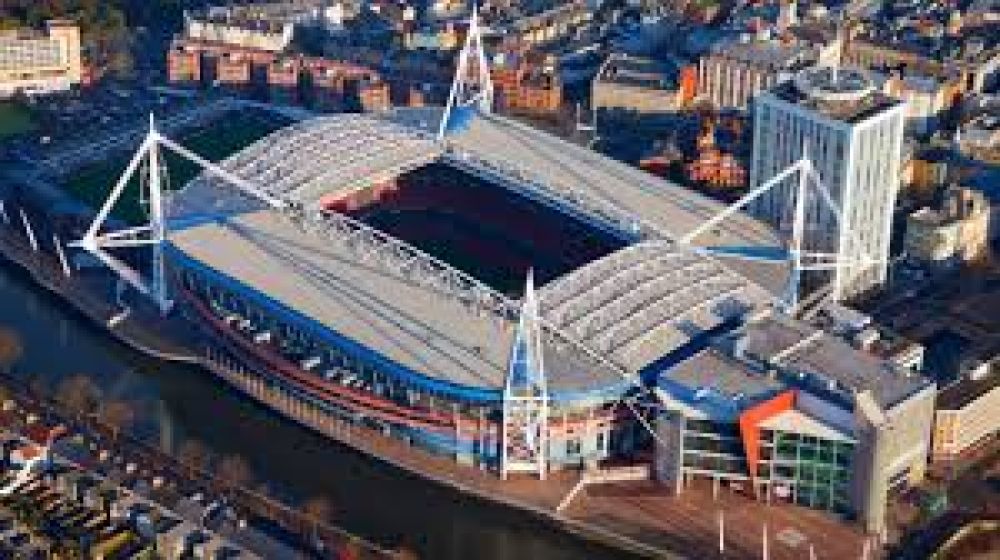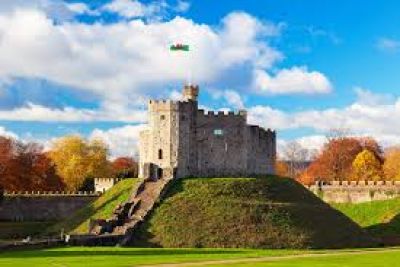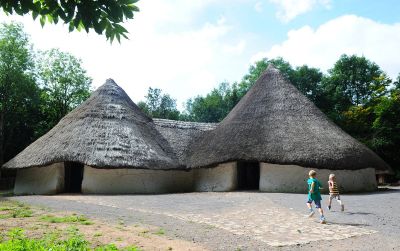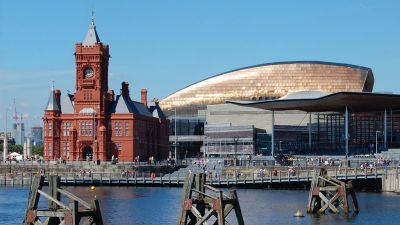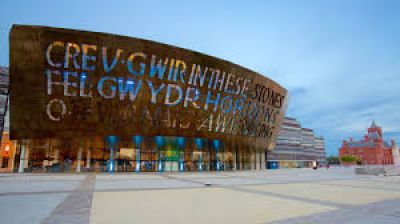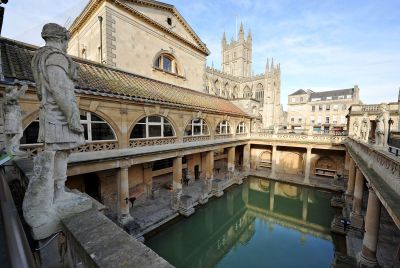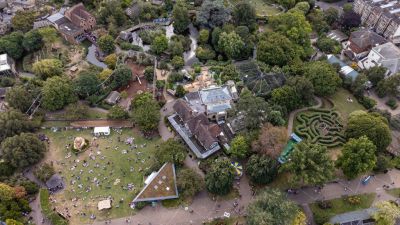Millennium Stadium, Cardiff, United Kingdom: A Tourism History
The Millennium Stadium, known since 2016 as the Principality Stadium for sponsorship reasons, stands as an iconic symbol of modern Wales and is a beacon for international tourism in Cardiff. Its construction was completed in 1999, in time to host the Rugby World Cup. The stadium was envisioned to be a state-of-the-art sports facility that could also serve multiple purposes, thus boosting tourism in Cardiff and across Wales.
The Inception of the Millennium Stadium
The idea for the stadium began in the early 1990s with the intention of creating a world-class sports venue in Wales. Its prime location in the heart of Cardiff, on the banks of the River Taff, was selected for its accessibility and potential to drive tourist traffic to the city center. Upon its completion, the Millennium Stadium became the national stadium of Wales and the home of the Welsh rugby union team.
Growth in Tourism
From its opening, the Millennium Stadium quickly established itself as a key player in the tourism industry. Hosting the Rugby World Cup in 1999 significantly put Cardiff on the global map and paved the way for the city to host other major sporting events, concerts, and conferences, attracting visitors from around the world. With a capacity of over 74,000, the stadium has hosted numerous sell-out events, greatly benefiting local businesses and hospitality providers.
Multi-Purpose Venue
Part of the success of the Millennium Stadium as a tourist attraction is its versatility. It not only hosts rugby matches but is also a venue for football games, including the FA Cup Finals, which were held there from 2001 to 2006 while London's Wembley Stadium was being rebuilt. It has also been the stage for world-renowned musical acts, thereby attracting a diverse array of visitors to Cardiff.
Architectural Marvel
As a feat of modern engineering, the Millennium Stadium is notable for its fully retractable roof – the first of its kind in the UK – which allows events to proceed regardless of the weather, making it an even more attractive destination for tourists and event organizers. The architecture and innovative design of the stadium are significant drawcards for visitors, whether or not they are attending a specific event.
Impact on Local Economy
The influx of visitors for events at Millennium Stadium has had a profound effect on the local economy, fostering a range of tourism-related businesses, including hotels, restaurants, and retail outlets. This positive economic impact has contributed to the wider regeneration and development of Cardiff as a premier tourist destination in the UK.
Latest Tourism Trend
In recent years, there has been a growing trend towards experiential tourism, and the Millennium Stadium has adapted to offer behind-the-scenes tours. These tours provide fans with the opportunity to explore the changing rooms, walk down the players' tunnel, and experience the view from the VIP areas, engaging visitors on a deeper level with the history and inner workings of the stadium.
Conclusion
The Millennium Stadium presents a potent combination of sport, music, history, and architecture, which has cemeted its status as a leading tourist attraction. Its continued success is pivotal in keeping Cardiff on the international stage, drawing visitors from across the globe, and contributing to a vibrant local tourism economy.
